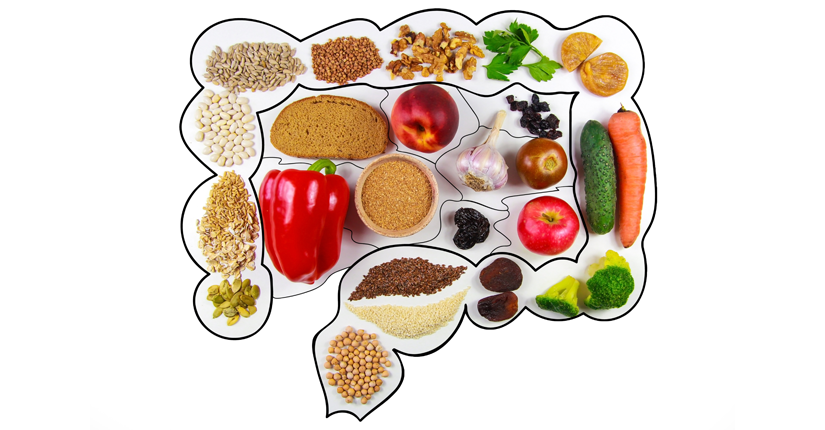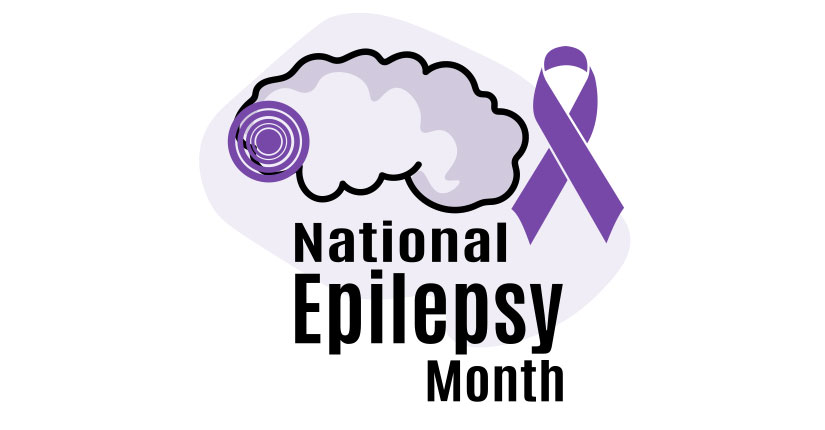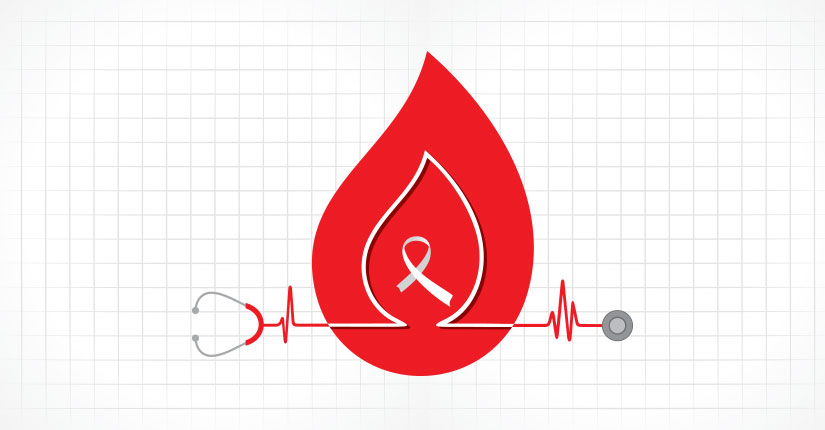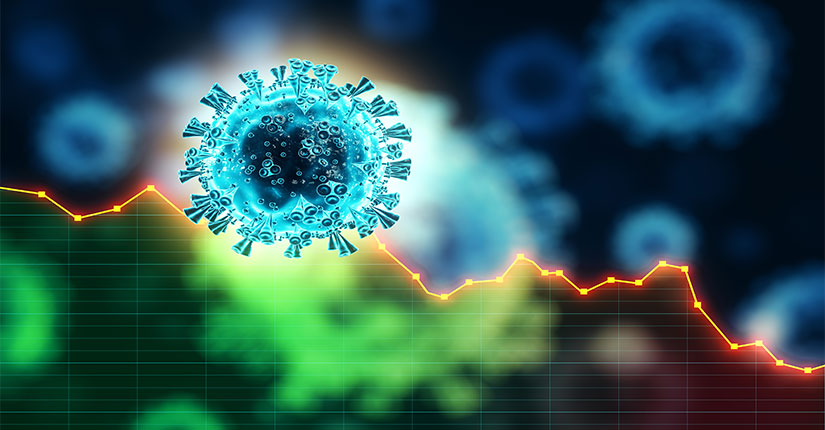Food Allergy Vs Food Intolerance – Know the Difference
By Nmami Agarwal 11-May 2020 Reading Time: 4 Mins

Our body has different reactions to different kinds of food items. We could either be intolerant to a particular food or allergic to it. In most cases, people confuse food intolerance with an allergy. While the two might show some similar symptoms, there is a massive difference between food intolerance and food allergy. Food intolerance deals with the digestive system while food allergy is related to the immune system.
The Difference
Food allergy is caused when a certain food item is seen as a threat by the immune system. The immune system overreacts to this harmless food item and generates a protective response. This reaction can attack the whole body and not just the immune system. An allergy is more severe and if the condition gets worse, an allergic response can become life-threatening (anaphylaxis). On the other hand, food intolerance is an adverse reaction and inability of the body to digest the food. It occurs when the body isn’t able to breakdown the food leading to intolerance to that certain food. Often, people can eat small proportions of that food item without any problems. Food tolerance is less serious and mostly limited to digestive problems.
How to Combat?
The most effective way of dealing with a food allergy is by refraining to consume the food that triggers an allergic response. For example, if a person is allergic to eggs, the immune system can either be triggered by the egg yolk, egg white or both. Hence, it is advised to completely cut down food items that you are allergic to. In contrast, food intolerance doesn’t always require you to avoid the food that you are sensitive to. Suppose a person is lactose intolerant, they may either consume the lactose in small quantities or not eat it too often to avoid any problems. A lactose intolerant person can also drink lactose-free milk or take some enzyme pills to aid the digestion process.
Symptoms
Symptoms for a food allergy include hives, rash, swelling, itching and in serious cases, anaphylaxis. The symptoms for food intolerance are gas, diarrhea, cramping, constipation or indigestion. The most common food allergies are triggered by these foods: peanuts, tree nut, fish, eggs, soy, shellfish, and milk. Some common food intolerances are dairy, gluten, food additives and caffeine.
Diagnosing a food allergy or food intolerance will be done by your doctor to get final confirmation. The doctor will carry out some tests such as a skin test to identify the body’s allergic response and blood tests to check the antibodies produced by the immune system.
Footnote
It is important to identify that food allergies are much more severe as compared to food intolerance. The symptoms are more elevated for allergies and it can become life-threatening in serious cases. If your body reacts to any specific food item then confirm whether it’s an allergy or intolerance. There is a remarkable difference between the two and both have different effects on our bodies.





















